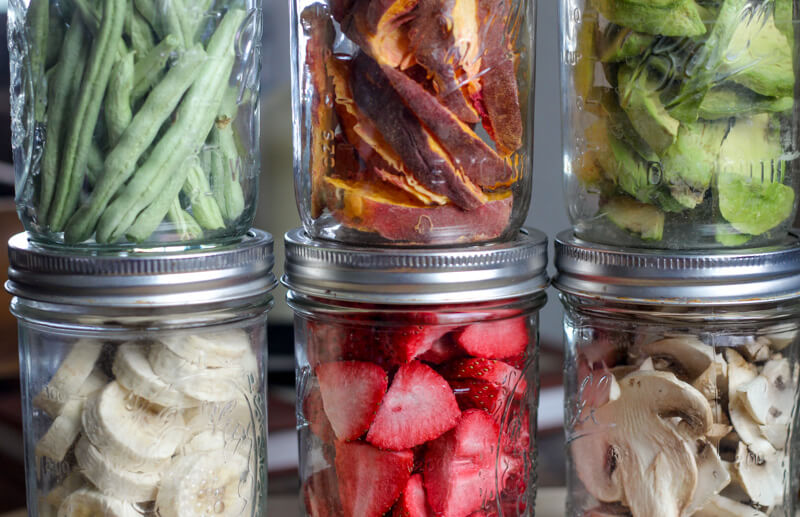Commercial Food Preservation
Humans have been preserving their food for thousands of years. Jars of honey, for example, have even been discovered in ancient Egyptian tombs. Without food preservation, we would be slaves to our larders, having to consume food far quicker and only being able to eat certain produce when it is seasonally available.
What is commercial food preservation?
Commercial food preservation is the extension of an edible item’s longevity by protecting it from spoilage or contamination. The act of preservation can take place via many different methods, which often depend up the individual food item as well as its intended final form.
What methods are most commonly used?
There are over 11 key types of commercial food preservation, ranging from freezing and heating methods to the introduction of compounds. The five most common methods, however, include dehydration and freeze drying, pasteurization, refrigeration, vacuum packing, and canning. These methods require either heating the food item to a high temperature to kill off bacteria that cause spoilage, or freezing it, which renders the bacteria inactive.
Traditional Canning
Canning is still the most common method for food preservation. Canning involves pressure cooking foods at a high temperature of around 121°c or 249°f, to kill off the bacteria which may be present. The canned goods are then quickly cooled in cold water before being labelled and shipped to your stores. Canning is the ideal method for long-term food storage; however, this can come at the cost of the food’s overall quality and, more crucially, the mineral and vitamin content of the food processed this way.
Freeze Drying for the Modern World
On the flipside of canning is the preservation process known as freeze drying. Freeze drying involves the removal of moisture, around 97% to be precise, from a raw, frozen product. Because moisture is directly linked to the shelf life of foods, as food-spoiling bacteria loves a warm, wet environment, freeze-dried goods can last from anywhere between two, to a whopping twenty years! This makes freeze-dried goods’ shelf life comparable and competitive to the preservation length of canned goods.
Where freeze drying stands out, particularly in regards to the wants of the modern health-conscious world, is that the process locks in all the nutrients of the raw food. Heating processes, such as those involved in canning or pasteurization, can strip valuable vitamins and nutrients from foods, leaving them less beneficial to your health and well-being. Freeze-dried goods are the closest you can get to raw goods without consuming the raw goods themselves, as not only does it preserve the all of the food’s goodness, but it also can retain the color and shape of its original form.
Preservation for the Nation
As discussed in this article, there are a variety of ways in which food is preserved commercially. From canning to pasteurisation to dehydrating and freeze drying, each method has its own benefits and drawbacks. There is absolutely nothing wrong with the humble canned food. It has served us well for over 200 years, but if your health and well-being is at the top of your priorities and you want to make the most of each meals’ nutritional content, then you may want to look out for freeze-dried goods next time you hit the supermarket aisles.

